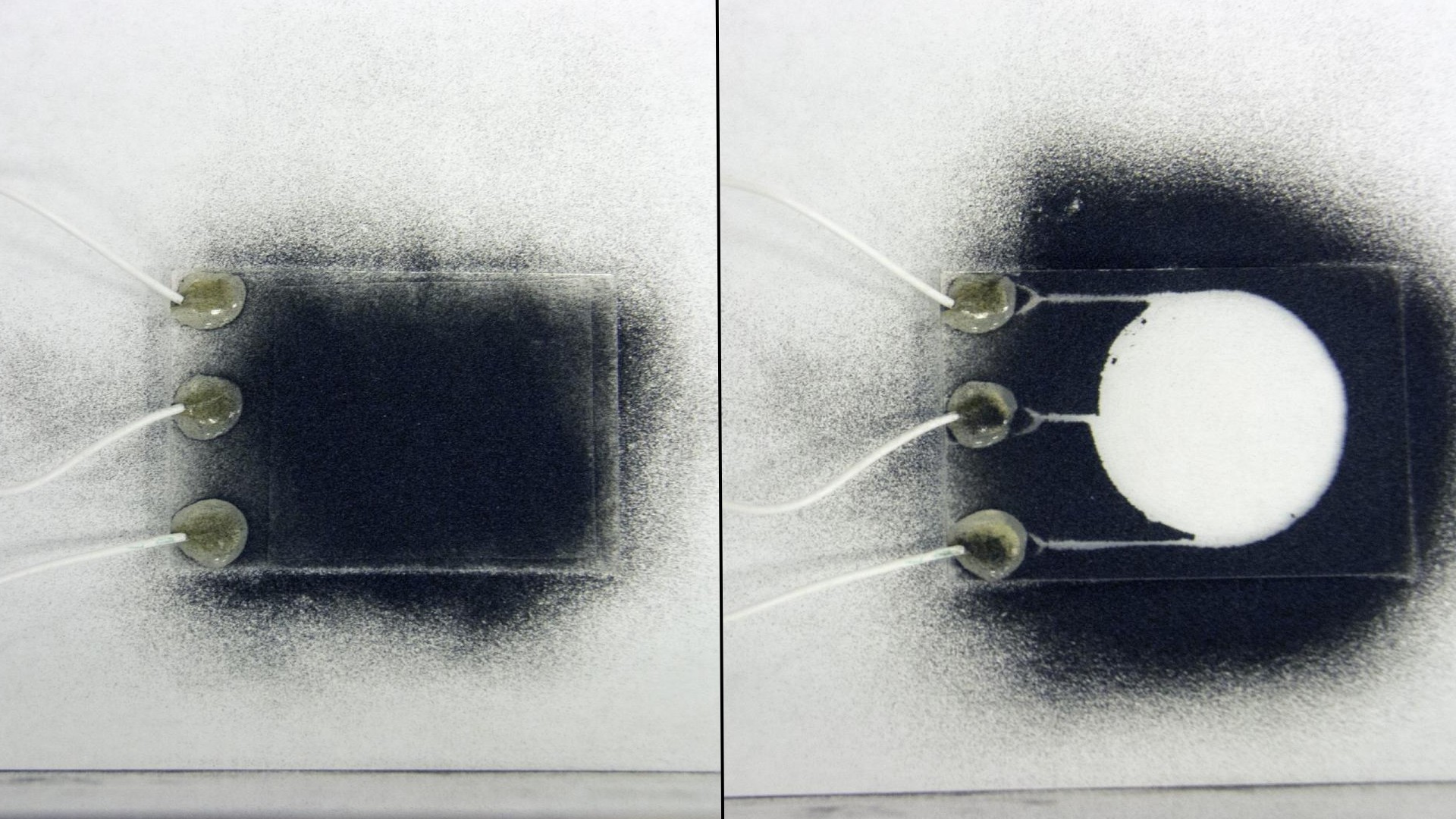Do you remember the frustration of dusting your house? Imagine the plight of astronauts on the Moon, where dust is a far more menacing foe.
This isn’t your average household nuisance; lunar dust is an abrasive, electrostatically charged enemy that clings stubbornly to spacesuits, spacecraft, and equipment, threatening to disrupt critical missions. But fear not, space enthusiasts! NASA is sending a valiant warrior to the lunar battlefield – the Electrodynamic Dust Shield (EDS).

The Gritty Enemy: Understanding the Threat of Lunar Dust
Unlike the fluffy stuff you encounter at home, lunar dust is a sharp, glass-like foe. Brushing it off only makes matters worse due to its electrostatic charge, causing it to cling relentlessly. This becomes a significant concern for NASA’s upcoming Artemis missions, which aim to return humans to the Moon and establish a sustainable presence there. Dust infiltration can jam crucial mechanisms in rovers and landers, and even infiltrate living quarters in lunar outposts, posing a serious threat to astronauts and their equipment.
Enter the Electrodynamic Dust Shield (EDS): A Technological Triumph
Developed at NASA Kennedy since 2004, the EDS is a descendant of the visionary “Electric Curtain” concept proposed in 1967. This ingenious technology utilizes a strategic combination of electrodes and electric fields to create a repulsive force field. This force field gently dislodges and removes dust from vulnerable areas like radiators that help regulate spacecraft temperature, solar panels that convert sunlight into energy, cameras that capture invaluable scientific data, and the visors and suits that protect astronauts during spacewalks.
From Concept to Reality: A Trailblazing Journey for the EDS
The EDS’s journey from concept to reality has been a testament to human ingenuity. It all began in the sterile environment of vacuum chambers, where the technology successfully removed lunar dust samples collected during the Apollo missions. Eager to test its capabilities in the harsh lunar environment, the inaugural space test for EDS occurred in 2019 aboard the International Space Station. There, it tackled dust on various materials, proving its effectiveness in a microgravity setting.
Recent endeavors include a successful demonstration on Intuitive Machines’ first lunar lander mission. The EDS technology, incorporated into two lenses of the EagleCam CubeSat camera system instrument, kept them operational, providing valuable data sets despite the omnipresent lunar dust.
The Moon Landing Mission: A Giant Leap for Dust Mitigation
The next frontier for the EDS is a lunar landing attempt facilitated by NASA’s Commercial Lunar Payload Services (CLPS) program. This program fosters collaboration between NASA and private companies like Firefly Aerospace, enabling the delivery of critical scientific payloads to the Moon. Firefly’s upcoming Blue Ghost Mission 1, scheduled for later in 2024, will carry the pioneering EDS prototype to the lunar surface. This mission represents a significant step forward for the technology. The data collected from the lunar environment will be invaluable in refining the EDS and paving the way for its potential use in future Artemis missions.
A Cause for Celebration: A Brighter Future for Lunar Exploration
The dedicated team behind the EDS is brimming with excitement. This pioneering technology offers a promising solution for mitigating the challenges of lunar dust, a persistent obstacle that has plagued lunar exploration for decades. With the EDS on our side, we can look forward to a smoother and more successful future of lunar exploration, enabling astronauts to explore the Moon with greater efficiency and safety. The conquest of lunar dust paves the way for a brighter future on our closest celestial neighbor, bringing us one step closer to establishing a permanent human presence on the Moon.


















